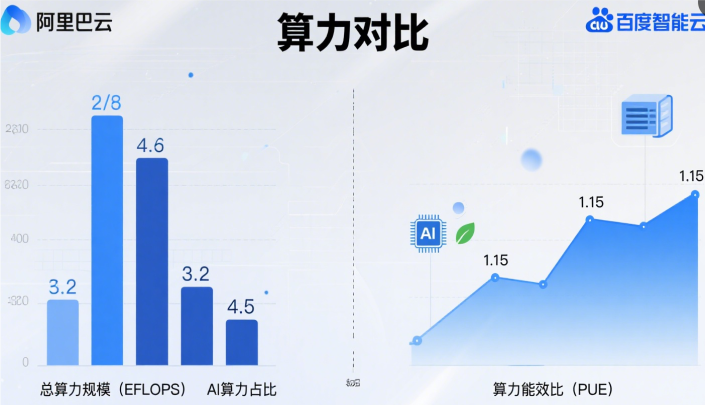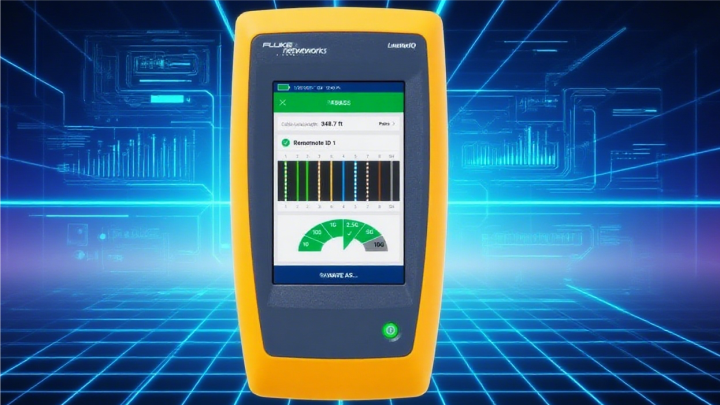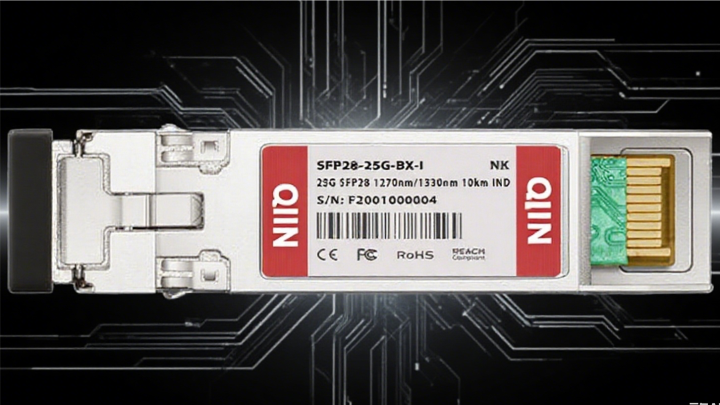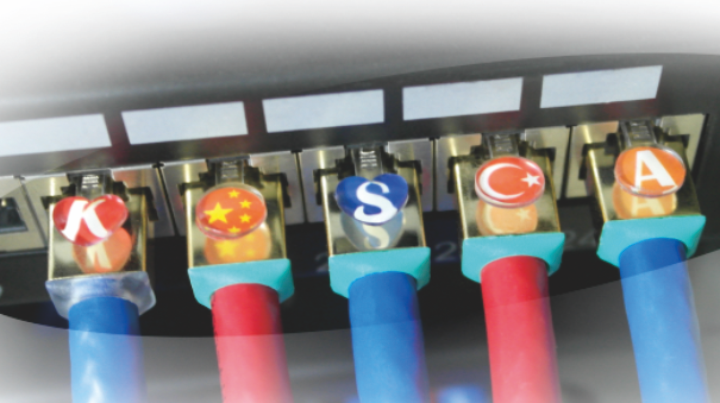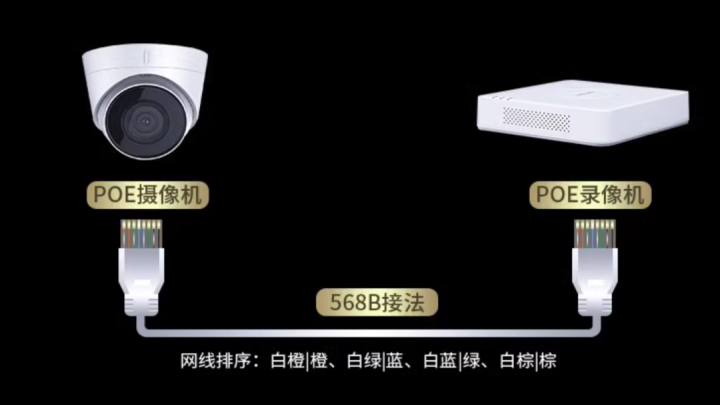Specifications and functions of light modules
1. Specifications of optical module
Transmission rate
Transmission rate stands as a critical specification for optical modules, determining the data throughput they can deliver within a given timeframe. With the rapid advancement of communication technologies and explosive growth in data traffic, optical modules have seen continuous upgrades in transmission speeds. Common transmission rates now include 1Gbps, 10Gbps, 25Gbps, 40Gbps, 100Gbps, 200Gbps, 400Gbps, and even higher speeds. For instance, in early Ethernet systems, 1Gbps optical modules were widely deployed at the access layer of campus networks to connect terminal devices like desktop computers and printers with switches. In high-speed interconnection scenarios within data centers, 100Gbps and 400Gbps optical modules have become mainstream solutions, meeting the demands for rapid data transfer between servers and ensuring efficient operation of data centers.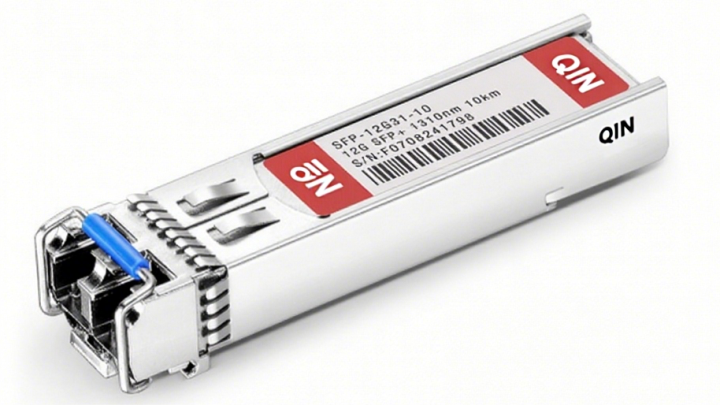
2 wavelengths
Optical modules employ multiple wavelength specifications, with different wavelengths tailored for specific transmission distances and fiber types. Common wavelengths include 850nm, 1310nm, and 1550nm. The 850nm wavelength module is typically used in short-distance applications, often paired with multimode fibers to achieve transmission ranges of around several hundred meters, particularly suitable for inter-rack connectivity within data center environments. The 1310nm wavelength module serves dual purposes: it can support short-distance multimode fiber transmission while also functioning as a single-mode fiber solution for medium-to-short range transfers, reaching approximately 10km. This makes it widely adopted in metropolitan area network (MAN) applications at both access and aggregation layers. The 1550nm wavelength module primarily works with single-mode fibers for long-distance transmission, capable of spanning tens or even hundreds of kilometers. It is extensively utilized in backbone networks for establishing high-capacity links between cities and regions.
3 Transmission distance
The transmission distance of optical modules varies depending on their type and specifications, ranging from tens of meters to hundreds of kilometers. This primarily depends on factors such as the module's transmitted power, receiver sensitivity, fiber type, and wavelength. For example, a 10G SFP+ optical module with a central wavelength of 850nm can achieve a maximum transmission distance of 500m when using multimode fiber; 10km with single-mode fiber at 1310nm; and 80km with single-mode fiber at 1550nm. Optical modules for shorter distances are cost-effective and suitable for short-range data transfer scenarios like equipment connections within server rooms. In contrast, long-distance modules require higher performance and more stable operation to ensure signal quality during extended transmission, making them ideal for wide-area networks (WANs), backbone networks, and other long-haul communication applications.
4. Packaging form
Optical modules come in various packaging forms, each differing in size, interface types, and cooling methods to meet diverse application scenarios and equipment requirements. Common configurations include SFP (Small Form-Factor Plug-and-Play), SFP+, XFP (10G Small Form-Factor Plug-and-Play), QSFP+, and QSFP28 (28G Quad Small Form-Factor Plug-and-Play). The compact SFP module, a low-speed hot-swappable device, is ideal for cost-sensitive applications requiring low-speed data transmission. Enhanced SFP+ supports up to 10Gbit/s speeds while maintaining the same form factor as SFP with improved performance. XFP represents the 10G miniaturized hot-swappable solution operating in near-infrared wavelengths, capable of handling multiple high-speed signals. QSFP+ features 40G miniaturized hot-swappable capabilities with LC/MPO ports, delivering low power consumption, compact size, and high-speed performance. These modules are primarily deployed in data center networks, campus networks, and metropolitan area networks. QSFP28 is a 100G encapsulated pluggable optical module with LC/MPO interface. It has the advantages of smaller volume, high port density and low power consumption. It is a new generation of optical modules and plays an important role in 40G and 100G Ethernet applications.

5 Interface types
The interface type of an optical module determines its connection method with optical fibers. Common interface types include LC (Lucent Connector), SC (Subscriber Connector), and MPO (Multi-Fiber Push-On). The LC connector, featuring compact size and plug-and-play design, offers high density and excellent optical performance, making it widely used in optical modules—particularly in data centers where space is critical. The SC connector, also a plug-and-play device, features a simpler structure and user-friendly operation, typically employed in early optical communication equipment or scenarios with moderate cost and installation space requirements. The MPO connector, a multi-core fiber optic connector, enables simultaneous connections of multiple fibers, significantly enhancing connection efficiency and density. It is commonly used for high-speed, high-density optical communication applications such as high-speed backplane connections within data centers and large-scale fiber cabling systems.

Function of optical module
1. Photoelectric conversion function
Optical conversion constitutes the fundamental function of optical modules. At the transmitting end, these modules convert electrical signals into optical signals for transmission through fiber optics. Specifically, electrical signals activate light-emitting components (such as lasers) to generate corresponding optical signals whose intensity, frequency, and other characteristics correspond to the input electrical signals. At the receiving end, optical modules convert received optical signals back into electrical signals for subsequent processing by downstream devices. Light-receiving components (like photodiodes) transform optical signals into current signals, which are then amplified, filtered, and restored to their original electrical form. For example, in a basic fiber optic communication link: network equipment (e.g., switches) sends data to be transmitted as electrical signals to optical modules. These modules convert them into optical signals via fiber optics, which are then converted back into electrical signals by the receiving module at the other end, enabling successful data transfer.
2. Data transmission function
Optical modules are designed to ensure reliable data transmission over fiber optics. They encode and modulate converted optical signals according to specific communication protocols, ensuring compliance with transmission requirements before transmitting them through fiber. At the receiving end, optical modules decode and demodulate received optical signals to restore the original data. Optical modules with different transmission rates exhibit varying signal processing capabilities and efficiency during data transfer. High-speed optical modules require more advanced signal processing technologies to guarantee accurate data transmission at high frequencies and minimize bit error rates. For instance, in 100Gbps optical modules, complex modulation techniques like PAM4 (Pulse Amplitude Modulation with Four Quadrant) are typically employed to encode multiple bits into a single optical signal state, enabling higher data transmission rates within the same bandwidth. Additionally, optical modules possess error correction capabilities that detect and rectify potential bit errors during transmission, ensuring data integrity and accuracy.
3. Hot plug-in function
The hot-swappable feature enables optical modules to be easily inserted and removed during equipment operation without powering down the device. This functionality significantly enhances maintenance and upgrade convenience. When replacing optical modules or adding new ones to expand port capacity, technicians can directly swap modules while maintaining normal system operation. The modules are equipped with built-in circuit protection mechanisms that prevent electrical surges from damaging both the equipment and the modules themselves. For instance, in data centers, when adjusting or upgrading server network connections, maintenance personnel can simply remove old modules and install new ones without affecting server operations. This approach dramatically reduces downtime caused by equipment maintenance.
4. Monitoring and management functions
Modern optical modules typically feature monitoring and management capabilities, enabling real-time tracking of operational parameters such as temperature, voltage, and optical power. These metrics are transmitted to the equipment management system. Through continuous parameter monitoring, maintenance personnel can promptly assess module performance, predict potential failures, and implement preventive maintenance measures to ensure network stability. For instance, when excessive temperatures compromise module performance or cause malfunctions, the monitoring system immediately triggers alerts. This allows technicians to execute cooling procedures or replace modules, thereby preventing critical issues. Furthermore, optical modules communicate with management systems via standard protocols like I2C (Interface to I/O) for remote configuration and maintenance, facilitating centralized management of optical components in large-scale networks.
5. Compatibility and interoperability
Optical modules must demonstrate excellent compatibility and interoperability to seamlessly integrate with equipment from various manufacturers. This is because real-world communication networks typically incorporate devices from multiple vendors, including switches, routers, and servers. To ensure network reliability, optical modules must adapt to diverse device interface standards, electrical characteristics, and communication protocols. For instance, an industry-standard 10G SFP+ optical module should function properly on switches supporting 10G SFP+ interfaces across different brands, ensuring stable data transmission. Industry bodies have established comprehensive standards and specifications (such as the Multi-Source Agreement [MSA]) to guarantee compatibility between optical modules and equipment from different manufacturers. These measures promote healthy development in the optical communications market by enabling cross-brand interoperability. In summary, optical module specifications are closely tied to their functionalities. Diverse specifications address complex application scenarios, while robust features ensure stable and efficient operation within optical communication systems, providing solid support for the thriving modern communication network landscape.

-
fibre-optical
Jul 22, 2025
-
Classified by control technology
Jul 22, 2025
-
Aliyun VS Baidu Cloud
Jul 19, 2025
-
Smart factory network cabling
Jul 19, 2025
-
Full analysis of wiring test tools
Jul 19, 2025
-
Enterprise network cabling
Jul 19, 2025
-
Can you do smart control without the Internet
Jul 19, 2025
-
Principle of whole house intelligent control
Jul 18, 2025
-
Specifications and functions of light modules
Jul 18, 2025
-
Fiber optic engineering
Jul 18, 2025
-
Common classifications and their specific types:
Jul 18, 2025
-
Parking fee system
Jul 14, 2025
-
Video face recognition big data system
Jul 14, 2025
-
Starlink is a low-orbit satellite launched by SpaceX
Jul 14, 2025
-
5G base station project
Jul 14, 2025
-
5G and Starlink overview
Jul 14, 2025
-
Internet Data Center (IDC)
Jul 11, 2025
-
Enterprise LAN solutions
Jul 10, 2025
-
Video transmission theory
Jul 10, 2025
-
Patented technology and marked RJ45 crystal head
Jul 10, 2025
-
Advantages and disadvantages of intelligent control
Nov 30, 2024
-
Video Streaming Data Center
Nov 30, 2024
-
Computer Centre
Nov 30, 2024


